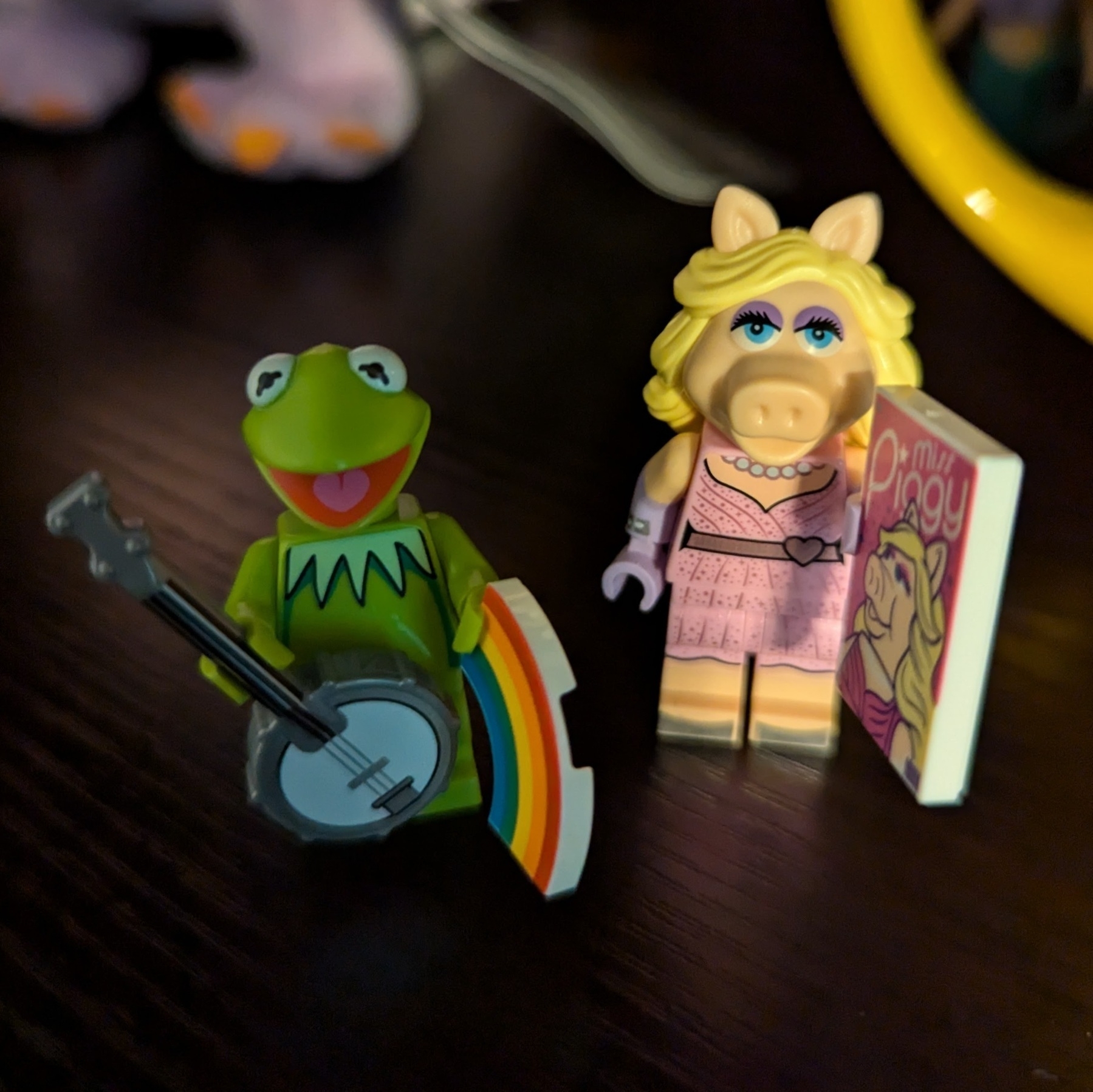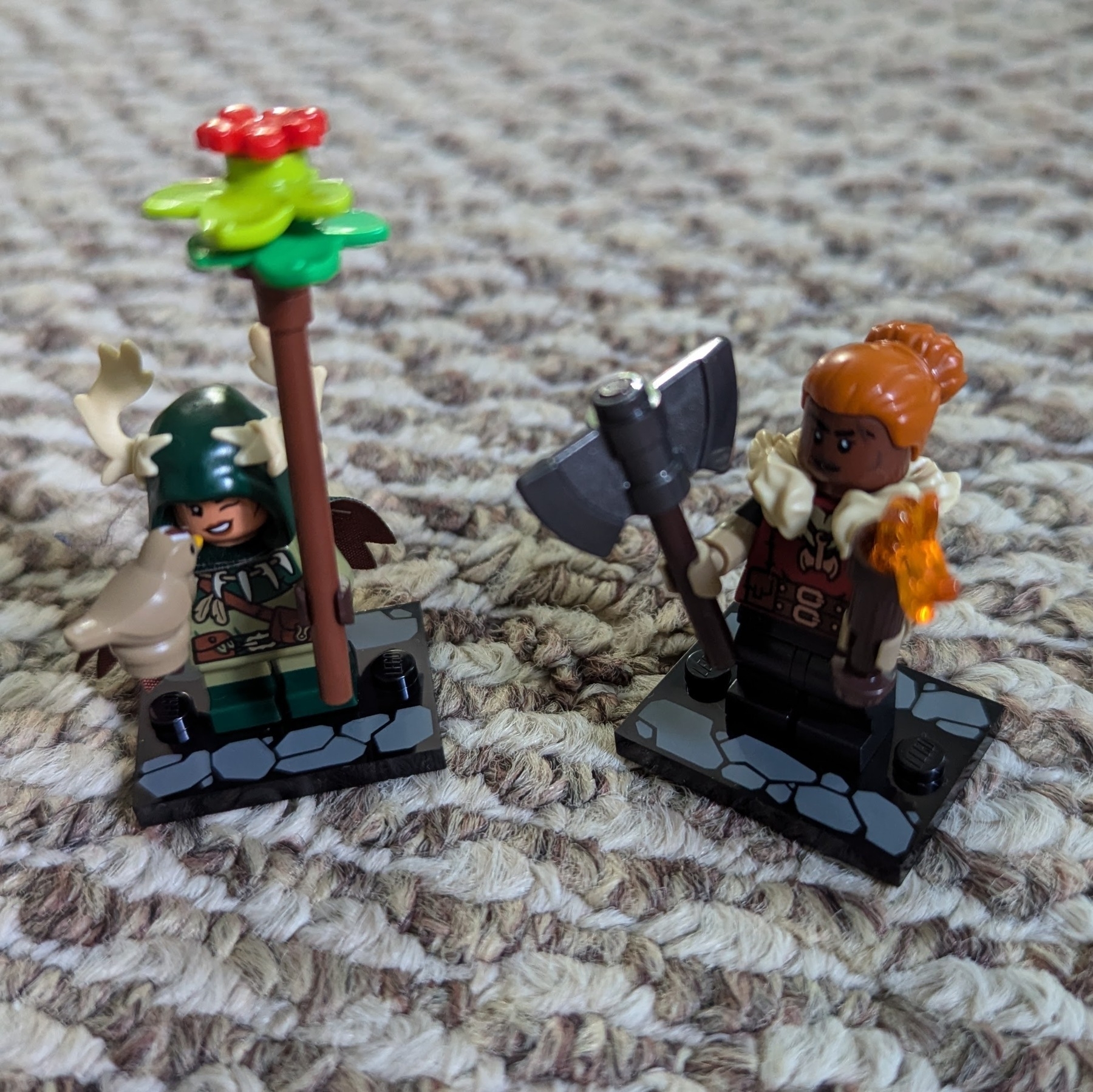I mentioned in my month notes for September that I’ve been playing epistolary RPGs with my friend K.
K lives three states away from me and is a trailing spouse; his husband got a tenure-track professor job and as one does, K moved with him to the area where the university is. Unfortunately, the gaming scene there was… not what K was looking for. So in the hopes of combatting some of K’s trailing spouse isolation, we started a D&D game that we play over Zoom with a couple of our other friends who are local to me and thus also far from K.
But getting 4 busy people together at the same time is hard and that group will often go 9 months or more without playing.
I buy charity bundles on itch.io sometimes and I noticed that some of the games there are for only two people and are easy to play asynchronously, so I asked K if he wanted to try some of those and he did, so here we are.
The obvious benefits of this kind of game are that you can play it whenever one of you has time and the other can then catch up at their convenience. There are a lot of different ways of doing it, but we play in a shared Google Doc we create for each game.
So far the games we’ve played have used a deck of cards, either standard playing cards or Tarot, to randomly select prompts for you to address in writing as you play.
I anticipated the gaming benefits of this style of play, but what’s been a delightful surprise is the effect it’s had on my writing and my writerly identity.
I thrive as a writer of fiction when I know there is an audience of at least one. In fifth grade, we had to write stories using vocabulary words and I wrote a series featuring characters based on my classmates. They eagerly awaited each new installment. In ninth grade, I wrote a story called The Hog Prince and shared it with friends.
I prefer writing fanfiction to writing original fiction partly because I know where to publish it and know that someone will read it.
An epistolary RPG means that the other player(s) are going to read what you wrote, so that audience I crave is built in, with no delays for publication.
Like fanfiction, when you’re writing in these games you kind of get to play with someone else’s toys. And when the players know each other well, you can give each other gifts in the text. You can make something appear that you don’t have a plan for but that you know another player will do something great with. Which is even nicer, I think, than just picking up and playing with toys that weren’t built for you.
A third piece of these games that makes them really work well for me is that they inherently require you to be creative within constraints. Kate Bingaman Burt gave a great TEDx talk about the value of these kind of constraints. I’m the kind of person who gets paralyzed by the number of choices available when doing something creative. I could write anything, so I don’t know how to begin, so I write nothing. The prompts in these games and the contributions of other players mean that I don’t have to choose a starting point, and that’s huge. And if I get stuck, well, soon I’ll have a new prompt to work with.
If you’ve been struggling to do creative writing, maybe find a way to make it a game. There are solo RPGs you can play this way, too, and maybe I’ll try one of those soon.


 When We Flew Away by Alice Hoffman is a middle grade novel that imagines what Anne Frank’s life might have been like before she had to move to the attic of her father’s office building. Here’s the publisher’s description:
When We Flew Away by Alice Hoffman is a middle grade novel that imagines what Anne Frank’s life might have been like before she had to move to the attic of her father’s office building. Here’s the publisher’s description:




